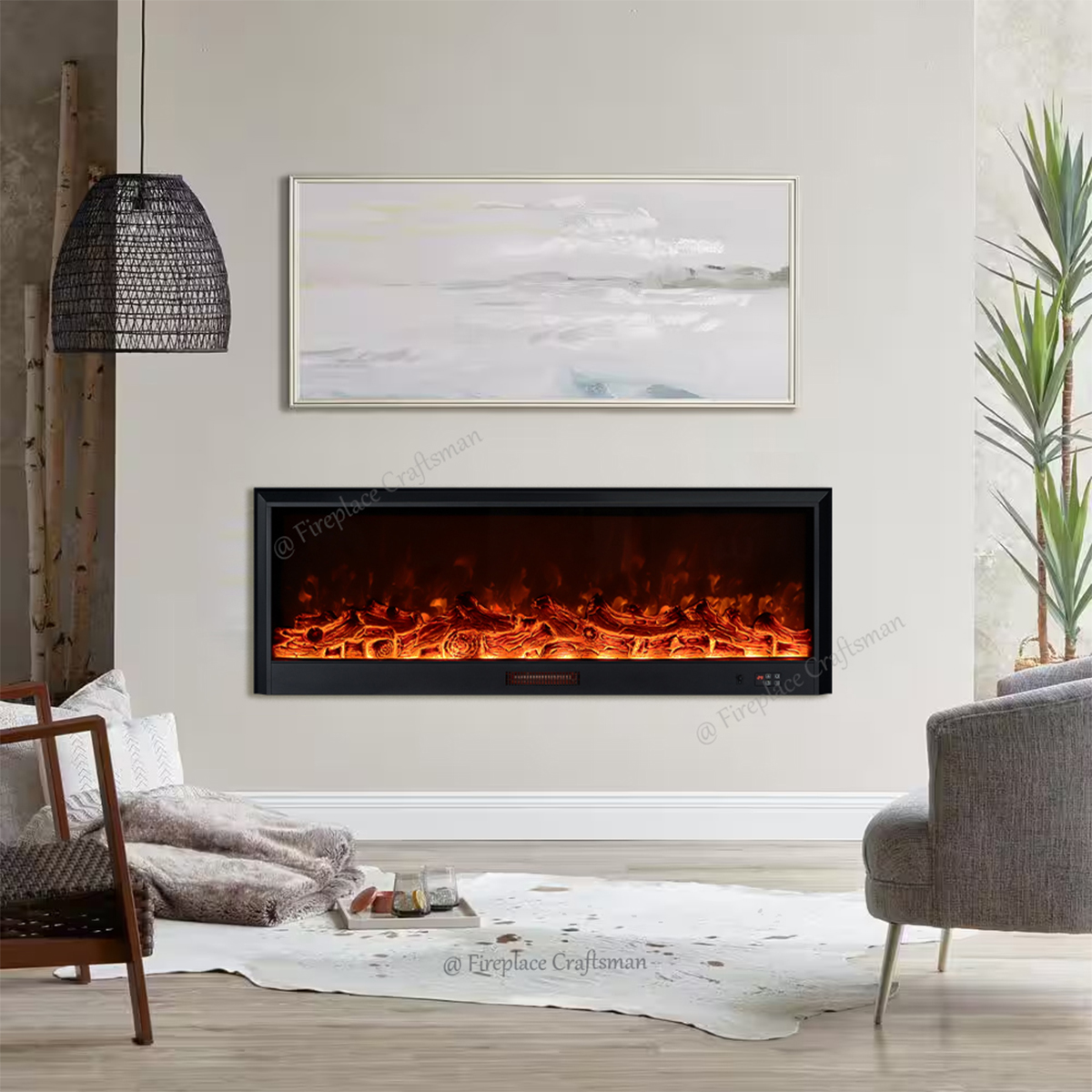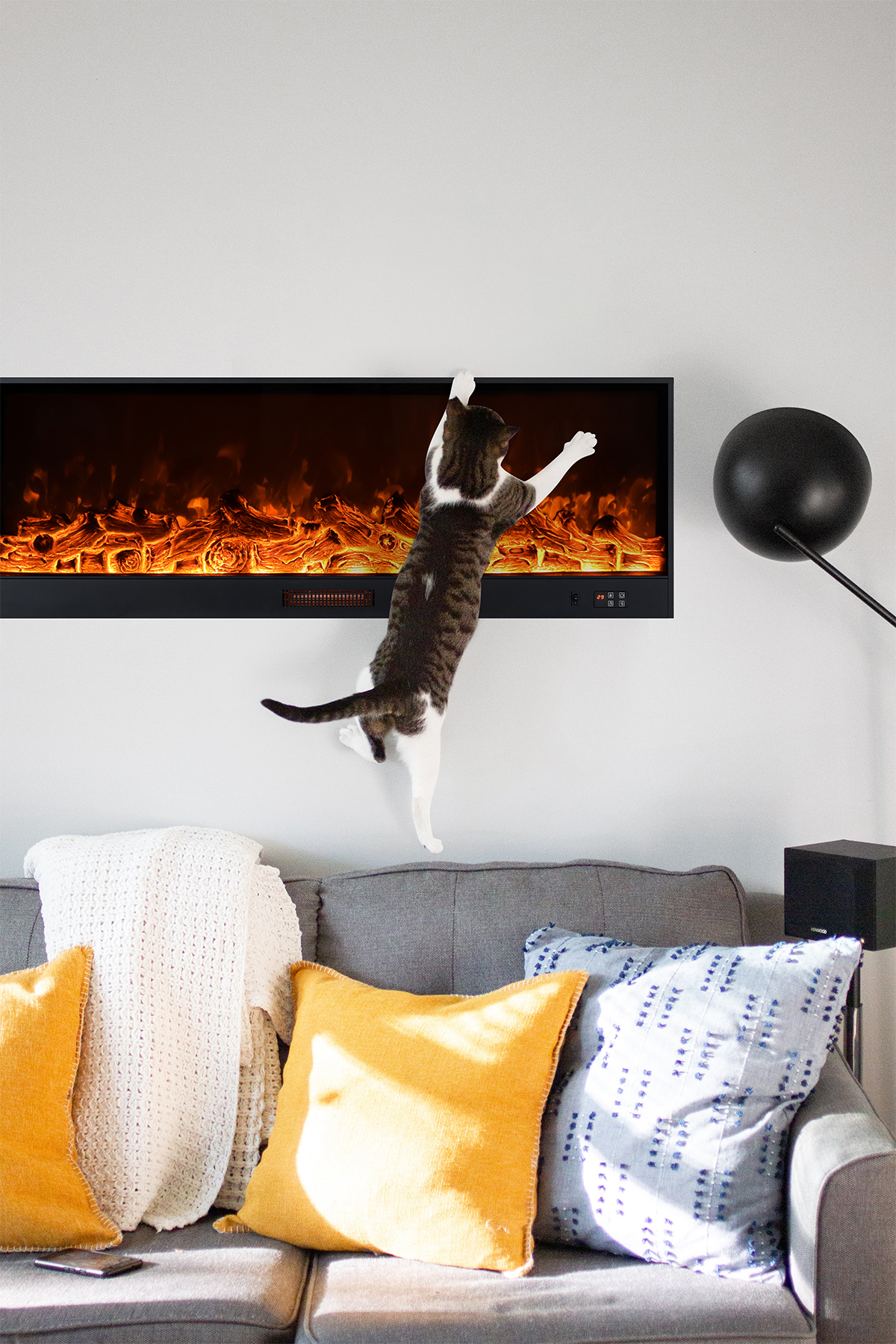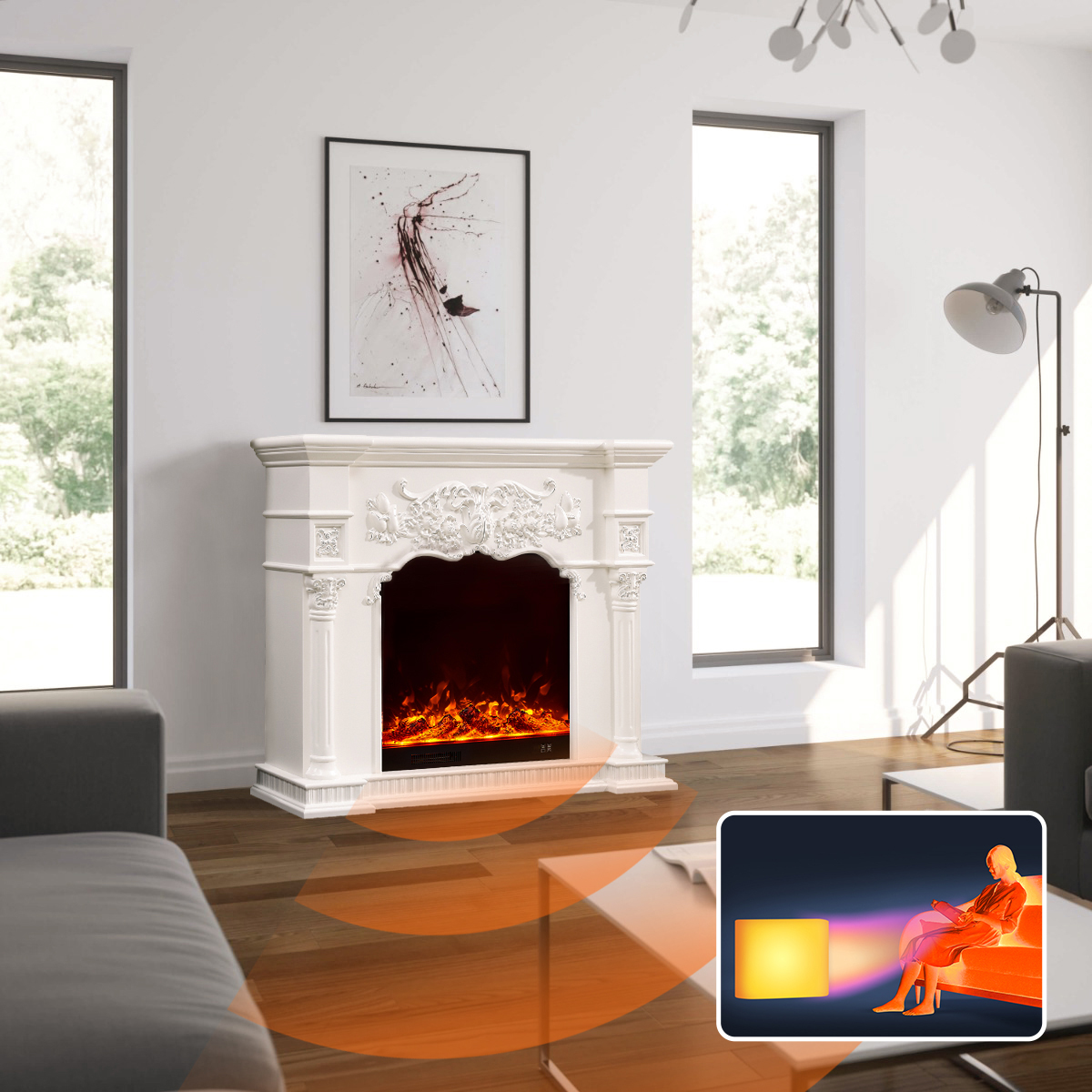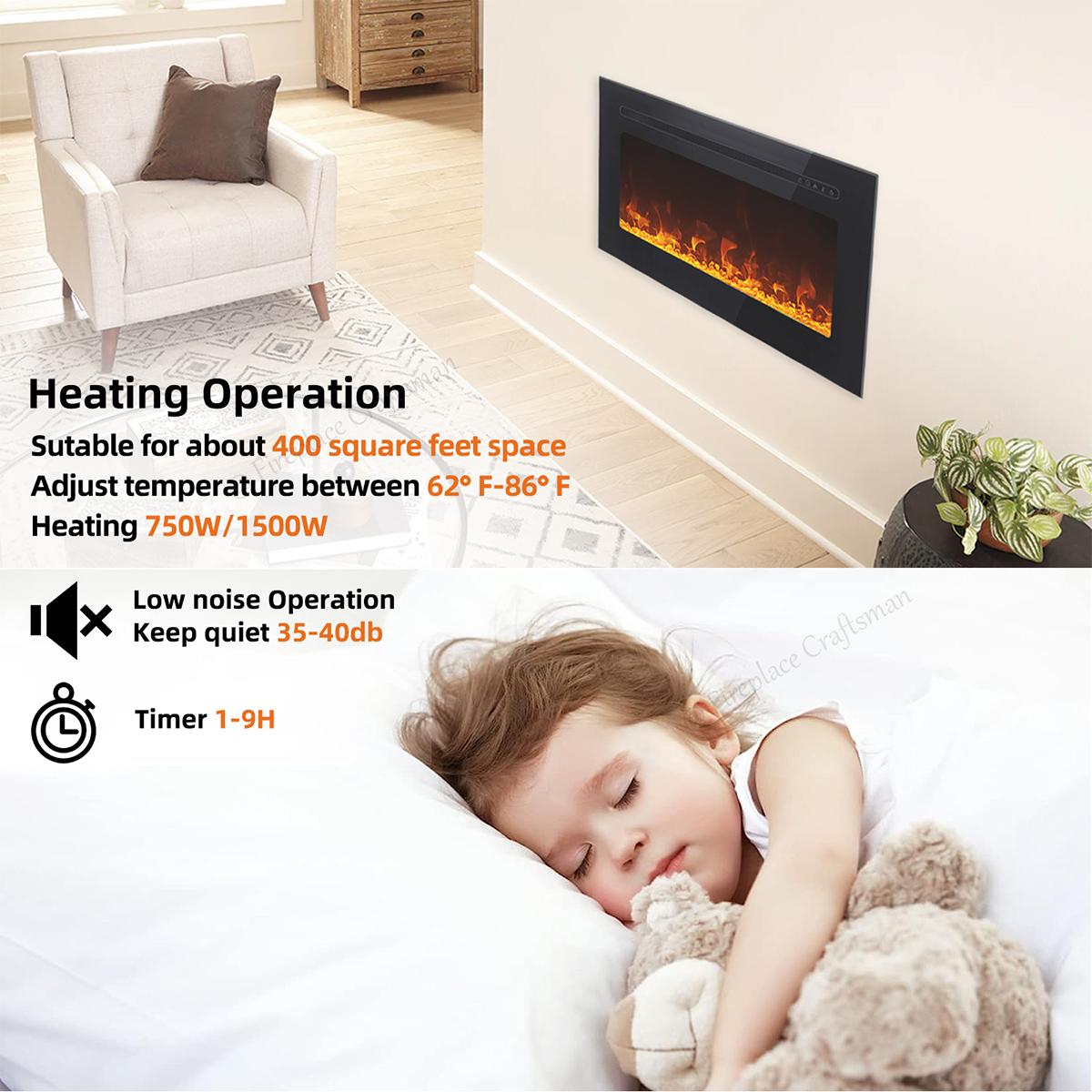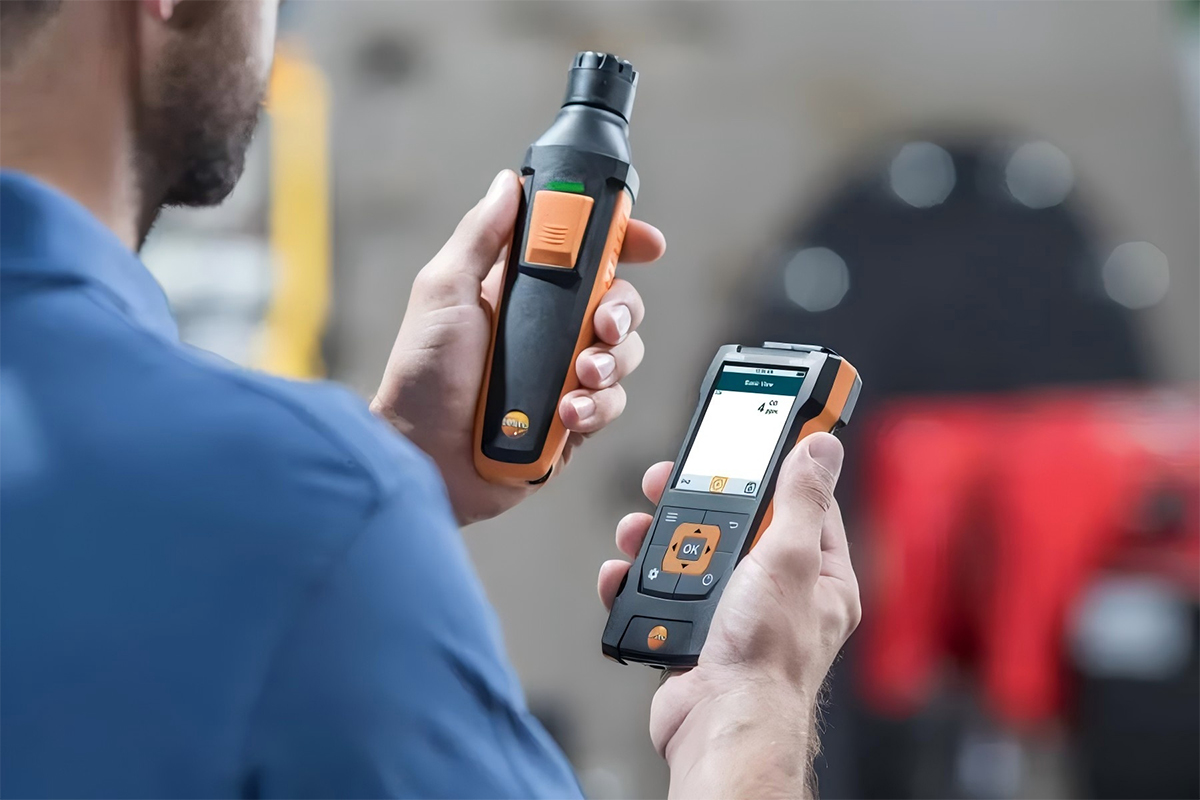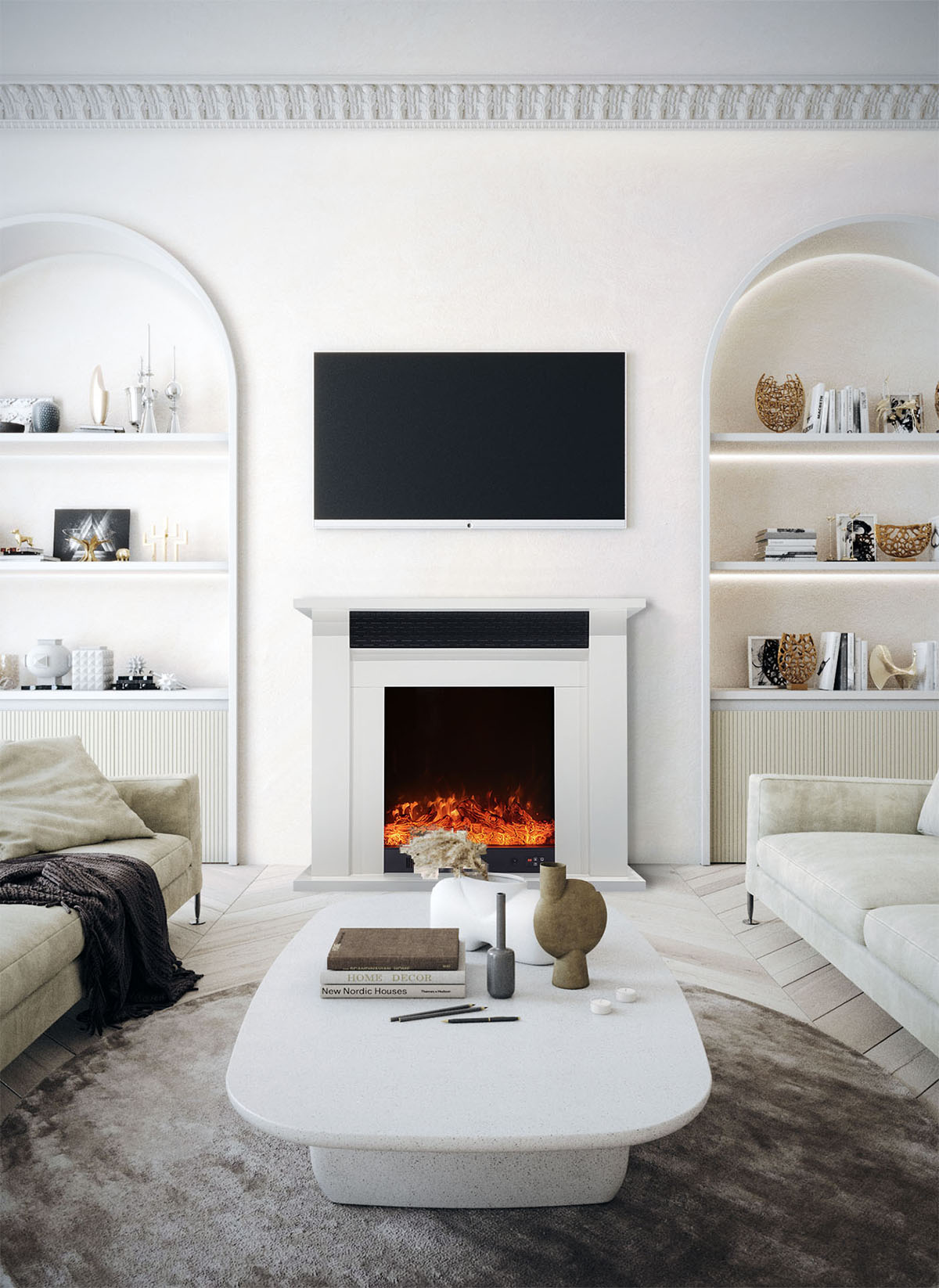SEO Meta Description
Wondering, “Do electric fireplaces emit carbon monoxide?” Discover the safety features of electric fireplaces and why they are a CO-free heating option for your home.
Introduction
Electric fires have become a popular choice for homeowners seeking the ambiance and warmth of a traditional fireplace without the associated risks and maintenance. One of the most pressing questions about custom electric fireplaces is whether they emit carbon monoxide (CO), a dangerous and potentially fatal gas. In this detailed article, we will explore how fake fireplaces work, why they do not produce carbon monoxide, and their advantages over other types of fireplaces.
Table of Contents
|
Title |
Subtopics |
|
Understanding Carbon Monoxide |
What is Carbon Monoxide? Sources of Carbon Monoxide |
|
Step-by-Step Guide: Do Electric Fireplaces Really Emit Carbon Monoxide? |
Electric Heating Mechanism, Why Electric Fireplaces Do Not Produce CO |
|
5 Facts You Need to Know About Electric Fireplaces and Carbon Monoxide |
5. Watch for CO Indicators |
|
Reducing Risks: Tips to Prevent Potential CO Exposure from Electric Fireplaces |
4. Install CO Detectors |
|
Benefits of Using Electric Fireplaces |
Safety, Convenience, Energy Efficiency, Environmental Impact |
|
Comparing Electric Fireplaces with Other Heating Methods |
Gas Fireplaces, Wood-Burning Stoves |
|
Maintenance and Safety Tips for Electric Fireplaces |
Regular Inspections, Proper Installation, Use as Directed |
|
FAQ: Debunking Common Myths About Electric Fireplaces and Carbon Monoxide |
Do Electric Fireplaces Need Ventilation? Can Electric Fireplaces Overheat? Are Electric Fireplaces Energy-Efficient? Can You Leave an Electric Fireplace On Overnight? Do Electric Fireplaces Dry Out the Air? Are Electric Fireplaces Expensive to Run? Do Electric Fireplaces Emit Carbon Monoxide? Can Any Electrical Malfunction Lead to CO Exposure? Are Electric Fireplaces Less Efficient than Gas Heaters? Do Electric Fireplaces Affect Humidity Levels? |
|
Conclusion |
Key Points Summary |
Understanding Carbon Monoxide
What is Carbon Monoxide?
Carbon monoxide (CO) is a colorless, odorless gas produced by the incomplete combustion of carbon-based fuels like wood, coal, natural gas, and gasoline. Because it is undetectable by human senses, it can accumulate without notice, posing severe health risks.
Sources of Carbon Monoxide
Common sources of carbon monoxide in homes include gas furnaces, wood stoves, fireplaces, water heaters, and vehicles. Any appliance or device that burns fuel has the potential to produce carbon monoxide, which can be fatal if inhaled in large quantities.
Step-by-Step Guide: Do Electric Fireplaces Really Emit Carbon Monoxide?
How Electric Fireplaces Work
Electric Heating Mechanism
Free standing electric fireplaces use electricity to generate heat without the need for combustion. They typically consist of heating elements, heat distribution fans, and electronic controls. When turned on, the heating elements warm up, and the fan blows warm air into the room.
Visual Effects
Modern electric fireplaces often use LED lights and mirrors to create realistic flame effects. These visual effects mimic the appearance of real flames but do not produce actual fire, smoke, or emissions.
Why Electric Fireplaces Do Not Produce Carbon Monoxide
No Combustion
Electric log burners do not burn any fuel. Since carbon monoxide is a byproduct of combustion, electric fire and surrounds do not produce CO. This makes them a safer alternative to traditional fireplaces that rely on burning wood or natural gas.
Built-In Safety Features
Many led fireplaces come with safety features such as overheat protection, automatic shut-off, and temperature controls. These features help prevent overheating and other potential hazards, further enhancing their safety.
5 Facts You Need to Know About Electric Fireplaces and Carbon Monoxide
- No Combustion Required: They operate solely on electricity, eliminating the risk of carbon monoxide production.
- CO is Produced by Incomplete Combustion: Since inset electric fires do not burn fuel, they do not produce CO.
- Minimal Gas Emissions: Electric fire places have negligible gas emissions compared to wood-burning or traditional fireplaces.
- Proper Installation and Maintenance are Crucial: Ensuring correct setup and regular maintenance can prevent potential risks.
- Watch for CO Indicators: Symptoms like headaches, dizziness, or nausea may indicate CO exposure from other sources, not the electric fireplace itself.
Reducing Risks: Tips to Prevent Potential CO Exposure from Electric Fireplaces
Proper Ventilation
Ensure your home is well-ventilated to prevent the accumulation of harmful gases from other sources. While realistic electric fireplaces do not produce carbon monoxide, ventilation is essential when using them alongside gas appliances.
Regular Maintenance
Regularly service your realistic electric fireplace to ensure all components function correctly. Check for signs of wear and keep the heating elements clean.
Certified Products
Use certified components and follow the manufacturer’s installation and maintenance instructions for optimal safety.
Install CO Detectors
Although electric fireplace heaters do not produce carbon monoxide, installing CO detectors in your home can alert you to the presence of CO from other sources.
Benefits of Using Electric Fireplaces
Safety
Without combustion, there is no risk of carbon monoxide poisoning or fire hazards. Modern electric fires are safe to use around children and pets, making them an excellent choice for families.
Convenience
Fake fire places are easy to install and operate. They can be plugged into standard electrical outlets, and many models come with remote controls and programmable settings, allowing users to adjust temperature and flame effects effortlessly.
Energy Efficiency
Rustic electric fireplaces are typically more energy-efficient than gas or wood-burning fireplaces. They convert almost all the electricity they use into heat, reducing energy waste. Some models feature adjustable thermostats and timers to optimize energy use.
Environmental Impact
Electric fire with surrounds have a minimal environmental impact as they do not produce emissions or require the burning of fossil fuels. They contribute to better indoor and outdoor air quality, aligning with sustainable living practices.
Comparing Electric Fireplaces with Other Heating Methods
Gas Fireplaces
Gas fireplaces require proper ventilation to prevent carbon monoxide buildup. They need regular maintenance to ensure safe operation and can have higher running costs due to fluctuating gas prices.
Wood-Burning Stoves
Wood stoves produce smoke and carbon monoxide, necessitating a chimney or ventilation system. They also require frequent cleaning to remove ash and creosote buildup. While they offer a traditional and cozy ambiance, they demand more maintenance and safety considerations compared to electric fireplaces.
Maintenance and Safety Tips for Electric Fireplaces
Regular Inspections
Although electric fireplaces and mantels are low-maintenance, regular inspections ensure all components function safely. Check power cords for signs of wear and ensure heating elements are clean.
Proper Installation
Follow the manufacturer’s instructions for installing the electric fireplace. Improper installation can lead to malfunctions and reduced efficiency.
Use as Directed
Adhere to the manufacturer’s usage guidelines. Avoid overloading circuits by connecting too many devices to the same outlet. Use only recommended accessories and replacement parts to maintain the fireplace’s performance and safety.
FAQ: Debunking Common Myths About Electric Fireplaces and Carbon Monoxide
Do Electric Fireplaces Need Ventilation?
No, free standing fireplaces indoor do not need ventilation as they produce no emissions.
Can Electric Fireplaces Overheat?
While rare, electric fireplaces and surrounds can overheat. Most models include overheat protection to prevent this.
Are Electric Fireplaces Energy-Efficient?
Yes, modern electric fires and surrounds are generally more energy-efficient than traditional fireplaces, converting almost all electricity into heat.
Can You Leave an Electric Fireplace On Overnight?
Follow the manufacturer’s guidance. Many models include timers or automatic shut-off features for safety.
Do Electric Fireplaces Dry Out the Air?
Modern electric fireplaces with mantel can slightly reduce humidity, but not as significantly as traditional heating methods. Using a humidifier can balance indoor humidity.
Are Electric Fireplaces Expensive to Run?
Costs depend on electricity rates and usage. They are typically more cost-effective than gas or wood-burning fireplaces.
Do Electric Fireplaces Emit Carbon Monoxide?
No, fake electric fireplaces do not produce carbon monoxide because they do not burn fuel.
Can Any Electrical Malfunction Lead to CO Exposure?
No, even an electrical malfunction will not produce carbon monoxide as there is no combustion involved.
Are Electric Fireplaces Less Efficient than Gas Heaters?
Energy efficient electric fireplaces are often more efficient as they convert nearly all electricity into heat without losing energy through vents or flues.
Do Electric Fireplaces Affect Humidity Levels?
No, free standing electric fireplaces with mantels do not produce steam and do not significantly impact humidity levels.
Conclusion
Led electric fireplaces are a safe, efficient, and environmentally friendly heating solution. They do not emit carbon monoxide, making them a safer alternative to traditional wood or gas fireplaces. With no combustion and built-in safety features, they provide warmth and ambiance without the risks associated with traditional fireplaces. By ensuring proper installation, regular maintenance, and adequate ventilation, you can enjoy the benefits of an realistic fireplace without concerns about CO emissions.
Post time: Aug-09-2024






